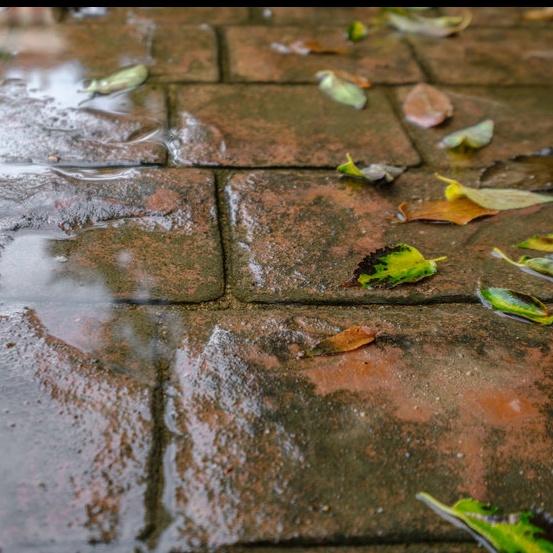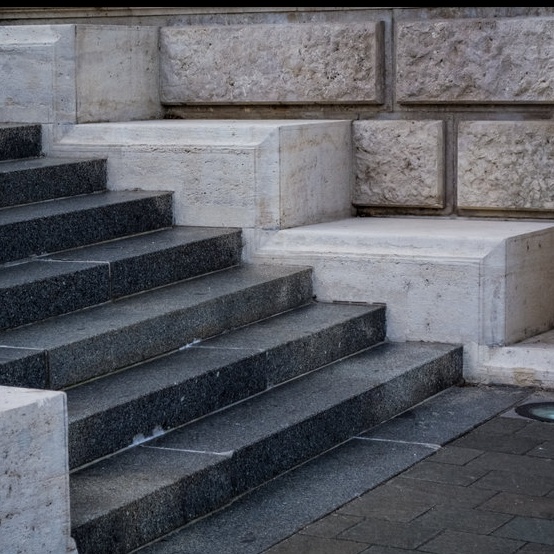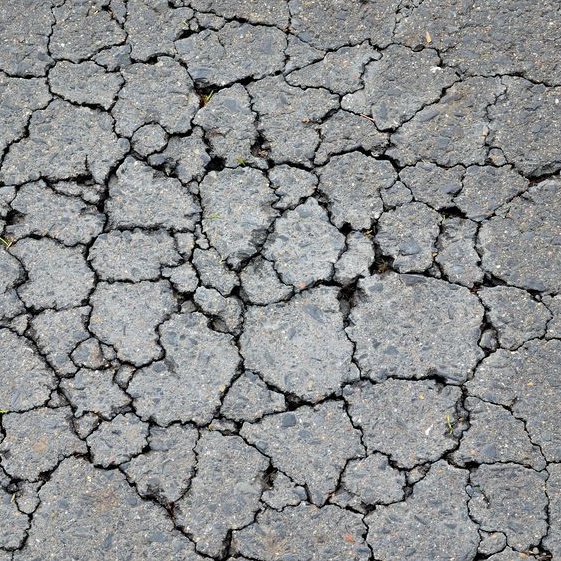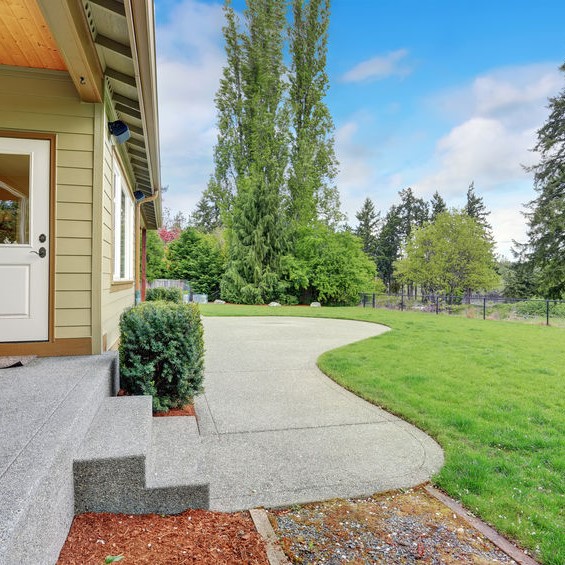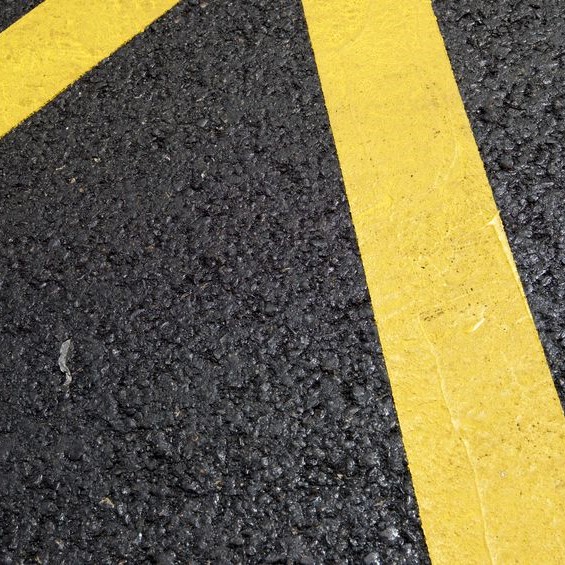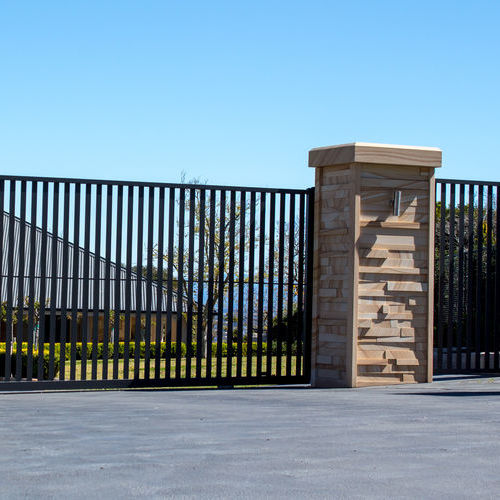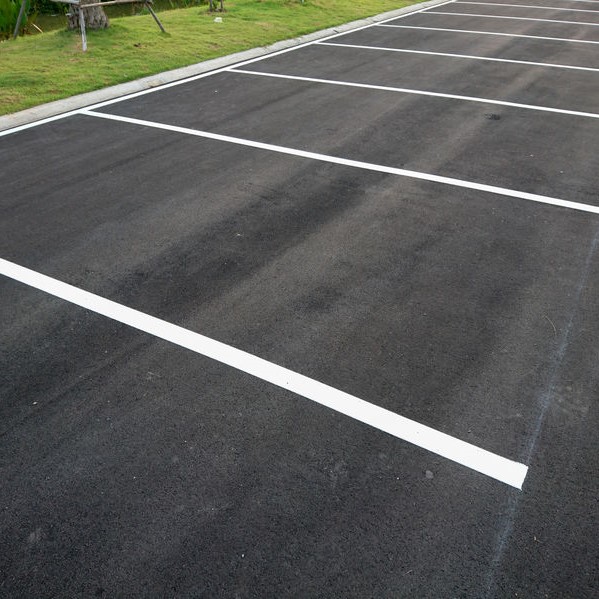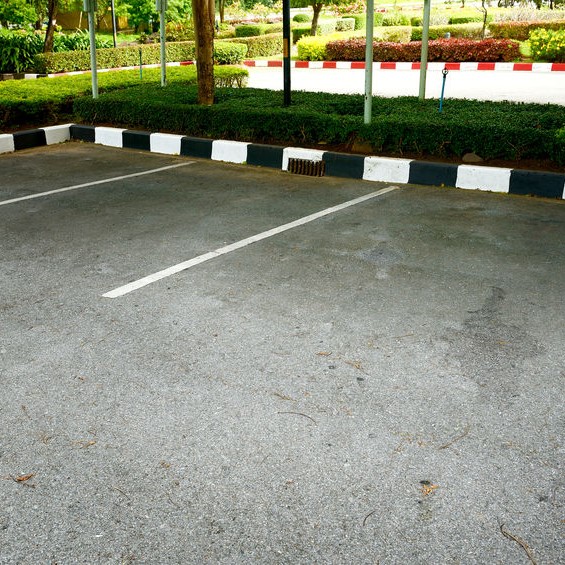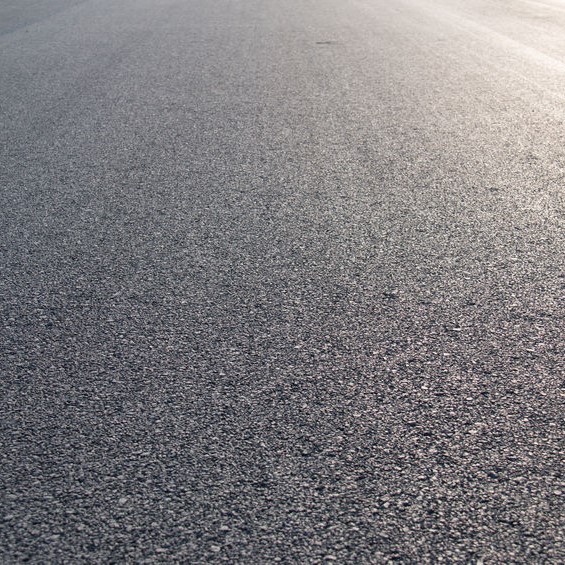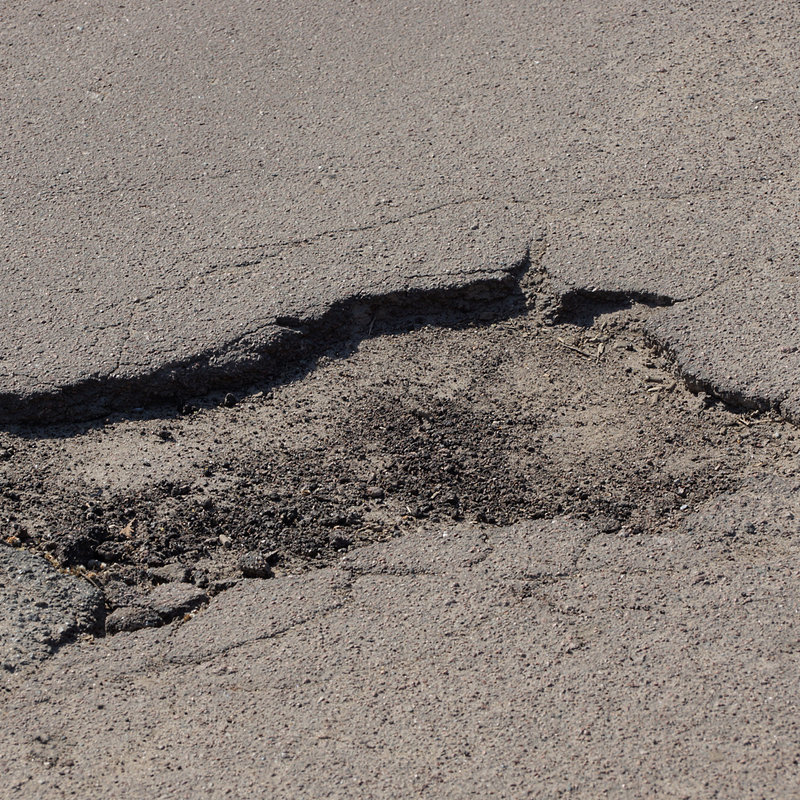
Dealing With Potholes
Well, winter has already come and gone, folks. And while this winter wasn’t anything like it was in February 2021, there was still some ice and snow. And you know that ice and snow can create potholes. Most cities, counties, and towns still haven’t got caught up with all the pothole repairs needed from the previous winter, much less from the past few months.
What is a pothole?
Potholes are caused by groundwater contracting and expanding under the pavement, much like when we make ice cubes in the freezer. The same thing happens when water gets under the pavement and the ground freezes with frozen ice and snow on top of the pavement. As the ice freezes under the pavement, it takes up space making the pavement expand. As it expands, it bends and cracks, becoming weak.
Then the ice and the snow begin to melt, and cars drive over the bent, cracked, and weakened pavement. The weakened material gives way to that weight, and thus, a pothole is created! With the amount of traffic we have today, it is challenging for municipalities and states to keep up with pothole repairs.
Who is responsible for pothole repairs?
Pothole repair responsibilities depend on where the potholes are located. For pothole repairs on private property, like shopping centers and malls, and office campuses, the owner of the property is responsible. For public property like government and school campuses, the maintenance crews for each entity are responsible for any pothole repairs.
How do you solve a pothole problem?
Prevention is the best method of solving a pothole repair problem! This requires a consistent routine of placing specialized materials into cracks that will prevent water from intruding into the cracks and the layers of pavement.
Applying a light layer of diluted slow-setting asphalt emulsion over the aged pavement surface will reduce potholes and pothole repairs, slowing the deterioration of the pavement and keeping cracks from spreading. A thin layer of a surface treatment combined with asphalt and a fine aggregate will prevent water intrusion. Filling distressed pavement will seal the pavement and minimize cracking.
How do you repair a pothole?
It is important to try and make pothole repairs before they actually become a pothole. The longer it is left alone, the larger the pothole can get, setting the scene for damaged vehicles. For a private property owner, like a shopping center, this is leaving open the possibility of liability repairs to vehicles. The following are two pothole repair methods:
Cold-Patch Pothole Repair
Cold-patch pothole repair is the most common method for filling potholes. It is durable, easy to use, and economical, providing lasting repair.
- Step One – Clean the pothole of large loose rocks and debris.
- Step Two – Pour and spread the cold-patch material into the pothole so that it is level and a half-inch above the surface. This allows room for the material to be compacted.
- Step Three – Compact the cold patch pothole repair material using a hand tamper. You can also drive over it a few times for the same results.
Water Activation Cold-Patch Pothole Repair
There is a new water-activated pothole repair, similar to the cold-patch technology, and has a fast setting for a permanent pothole repair. This is quickly becoming more popular for maintenance crews and private property owners with a high success rate.
- Step One – Clean the pothole of large loose rocks and debris.
- Step Two – Pour and spread the cold-patch pothole repair material into the pothole so that it is level and a half-inch above the surface. This allows room for the material to be compacted.
- Step Three – Before compacting the material, spread a generous amount of water over the patch material and allow it to soak into the pothole repair material. The water activates the fast curing mechanism.
- Step Four – Compact the cold patch pothole repair material using a hand tamper. You can also drive over it a few times for the same results.
What is the best method of pothole patching and repair?
The products and steps described above are a semi-permanent procedure for pothole repairs and are considered by experts to be the best procedure in place of doing a full-depth replacement to damaged areas. If a parking lot is too severely damaged, pothole repairs may not be an option.
Do cities pay for pothole damage?
While government entities are responsible for repair and safety in Texas, including pothole repairs, the law states that cities are not held responsible for any vehicle damage caused by potholes or other debris.
Can you sue for pothole damage to your car?
In Texas, you can sue the city where your car was damaged by potholes, and they may pay you for repairs to the car. However, as stated above, state law protects cities from being held responsible. You may also be wondering – can I claim for damage from a pothole, and if so, how do I claim for hitting a pothole that caused the damage?
Despite the state law, there are citizens and motorists that still want to proceed with filing a claim. To that end, the state has a formal process; the form and process are available on the Texas Department of Transportation’s website.
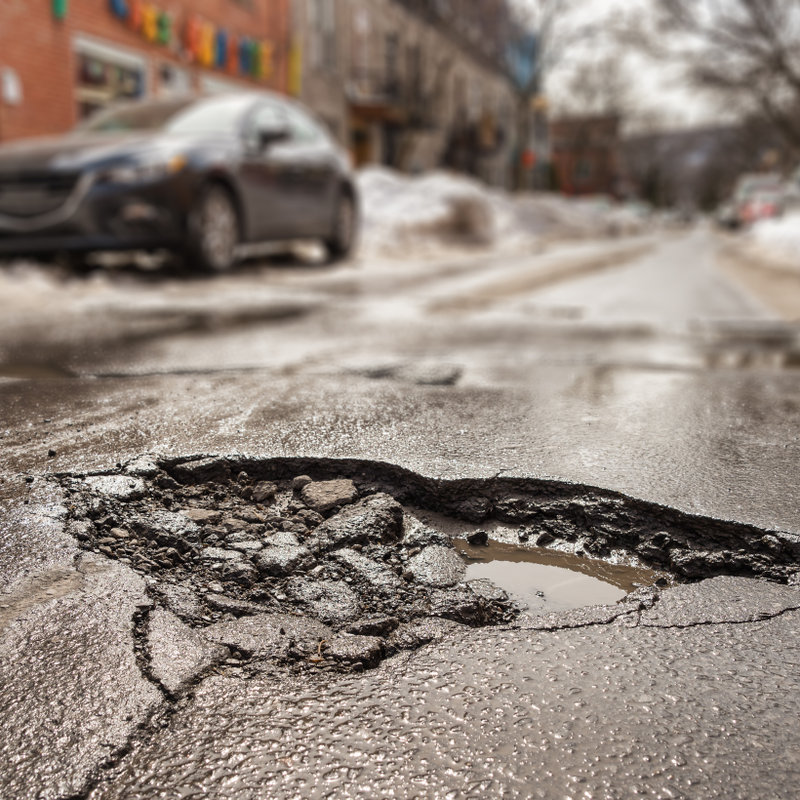
Closing Thoughts
The best thing a driver can do is drive with caution. Keep the recommended distance between you and the car in front of you. This will enable you to see potholes before you hit them. Slow down and always use your headlights starting at dusk.





